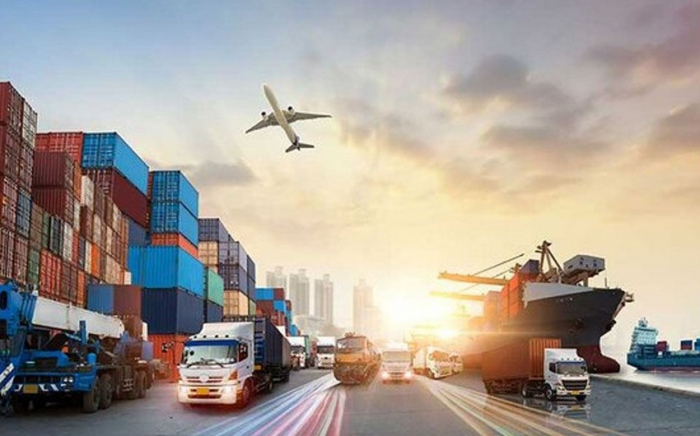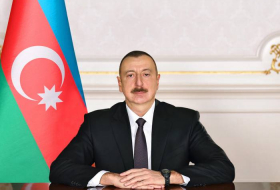The recent military conflicts in the Middle East, particularly in the Red Sea have boosted the significance of a unique project, the Middle Corridor. Meanwhile, the latest report by the World Bank ‘Middle Trade and Transport Corridor: Policies and Investments to Triple Freight Volumes and Halve Travel Time by 2030’ highlights several obstacles in the way of making the corridor fully operational.
In his interview for AzVision.az Rauf Aghamirzayev , a transport and logistics expert, points out several manipulative aspects in statements on the Middle Corridor. He believes there is a competition among various routes, while very complex events are unfolding in our region. There is also a ‘roadmap’ for various routes. For instance, there are guidelines for 2016-2026 un pursuing the TRACECA project. The roadmap for the MC also envisaged certain projects to be completed by 2025. However, the global and regional events demanded the plans to be slightly edited.
‘The global pandemic disrupted the overall supply chain, while burdening the route which was yet to be fully established. The process accelerated some more after the Russia-Ukraine war. As the importance of the route grew, so did the risks. But no one is standing still. Every stakeholder is implementing projects within the scope of their obligations.
Kazakhstan and Azerbaijan are the locomotives in the MC project. Our routes seem more on the comfortable side as they run through plains. Outstanding works have been done over the years to boost both the attractiveness and the capacity of the route. Kazakhstan has built Zhezkazgan and Beyneu-Shalkar stations and the Kuryk port to shorten the route running from the east to the west of the country and expand railway construction. They had the Aktau port, whereas the Kuryk is a new one with a growing cargo traffic, so much so that they have started building a second stage.
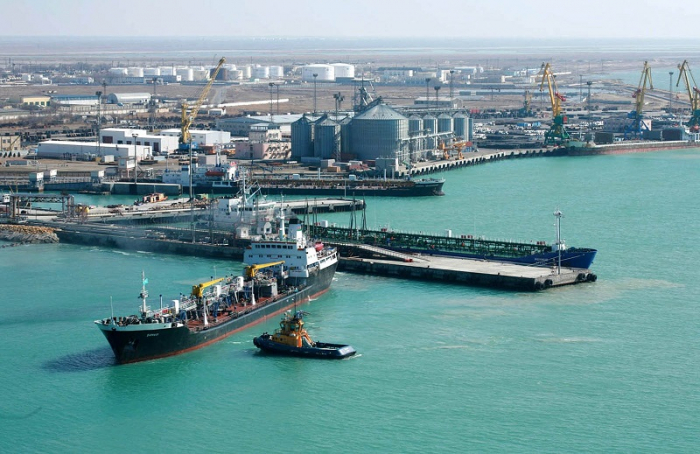
Azerbaijan has boosted room for manoeuvre by moving the port outside the city. The vision is to have an annual cargo traffic of 15 million tons. The port statistics has already been demonstrating a growth dynamic in the last five years. The second phase launches this year to up the turnover from 15 to 25 million tons and the capacity of 100 thousand TEU (twenty-foot equivalent unit) containers to 500 thousand.
Azerbaijan has modernized the railway running along the MC corridor in its territories and is now working on switching to an alternating current, which translates to a cheaper shipping by 20%. The works have been completed from Ujar to Boyuk-Kesik, those on the Ujar-Baku route still underway. The vehicles have also been updated. We have acquired 40 modern AC electric locomotives, allowing to carry 9 thousand tons at once. The driver crew can also handle 500-600 km without a change. The crews used to shift every 200 kilometres. This largely increases Azerbaijan’s manoeuvrability.
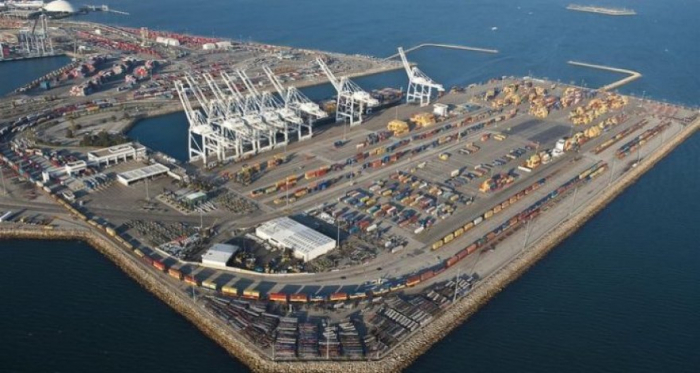
Azerbaijan has also been busy updating the roads, commissioning a four-lane road from Baku to Gazakhbeyli village in Gazakh last year. The remaining kilometres to the Red Bridge will probably be completed this year.
Azerbaijan and Kazakhstan have been swift in completing their share. Azerbaijan is also diversifying, implementing the Horadiz-Aghbend project in the recovered territories. The road to Minjivan station will finally be completed this year. The constructions to the border will continue next year. The existing roads in Nakhchivan are also included in the renovation plans, which will take place this year.
Georgia, a mountainous country, is also a participant. Road projects running through mountainous terrains are both pricier and more time-consuming compared to plains. Nevertheless, Georgia has also accomplished a lot, and 2024 will be even more productive because several projects will be fully commissioned. For instance, Kazakhstan laid the foundation of a multi-modal terminal in the Poti Port last year and it will most likely be delivered during the summer.
Over the last five years, Georgia has been building 96 bridges and 53 tunnels on a stretch of 50.6 kilometres at the Rikoti pass, which is the most complicated portion on both the road and railway highway connecting East and West Georgia. The project comprises four parts, three of which were delivered last year. This will cut the journey from the Georgia-Azerbaijan border to the Georgia-Türkiye border on the East-West corridor to 4-5 hours.
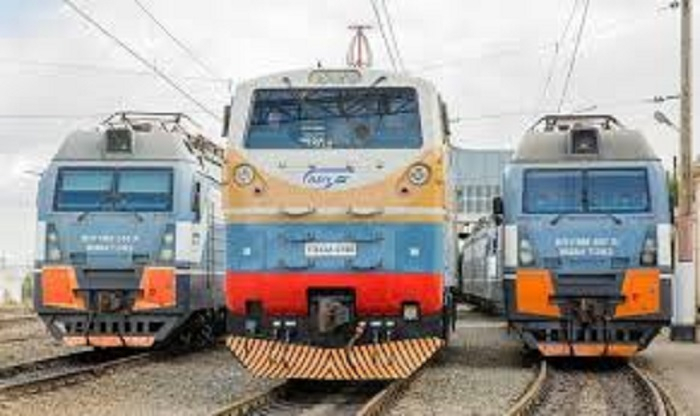
They have also constructed new tunnels to boost the capacity of the 151-year-old railway. The road radius has been widened, which will ensure faster traffic. They have been working on it the past 12 years and it is expected to complete this year. Most importantly, Georgia is planning to lay the foundation of the Anaklia Port in spring, which is a crucial project for the Middle Corridor which translates to a capacity of a hundred million tons of cargo and one million TEU containers.
If the project had no potential, it would not attract this much investment and the stakeholders would not have done so much. They will further enhance the potential of the corridor through major infrastructural projects in their territories.
There will be some, who will paint us in negative colours in the informational space. We must be ready for it. Azerbaijan and other stakeholders must constantly step forward with counterarguments and promote the corridor more aggressively because it is an important project for our country.’
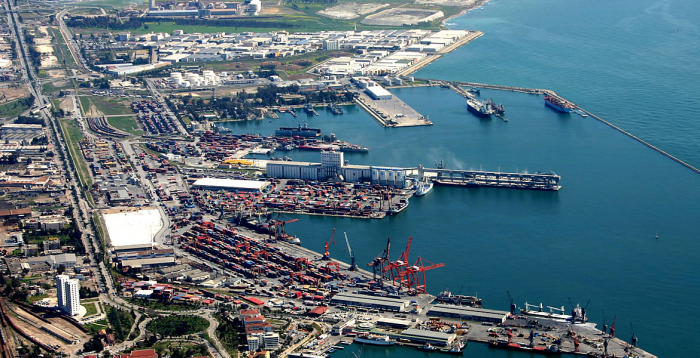
- The report highlights several bureaucratic challenges on the cargo traffic chain, such as documentation and fees. It also mentions lack of coordination in some cases. What is your take on this?
‘Kazakhstan is a member of the Customs Union and Georgia of the World Trade Organization, while Azerbaijan is a member of neither, which translates to states with three different economic models. Meanwhile, Azerbaijan, Georgia, and Kazakhstan have launched a joint logistics company for a better synchronization. The countries are carrying out joint projects between the Aktau-Kuryk-Baku and Poti ports to coordinate the operations at these ports.
Bureaucratic factors may actually play a regulatory role when the corridors are not fully built. We can switch to a more facilitated regime when the ways are fully completed, and the ports are fully functional in all countries. Building infrastructure is not something simple that only requires a certain decision. It needs time and a chain of decisions to establish a smooth cargo traffic.
Say, we have all simplified the procedures, but if Azerbaijan and Kazakhstan have ready infrastructure at hand, but Georgia doesn’t, the cargo will pass easily through our two countries and eventually be stuck in Georgia. Bottlenecks as an infrastructural element have still not been eliminated. Several projects will most likely be delivered this year, thus simplifying bureaucratic challenges, and providing for smoother transitions.
Azerbaijan has had functioning online customs queues for several years and Azerbaijan Land Transport Agency has been regularly publishing stats on the number of vehicles waiting at each border as of late last year. For example, while there was a congestion at the ‘Red Bridge’ in the first 10 days of the year, it was fast solved, meaning there are no more queueing vehicles. All these issues are easily solvable. The key factor is to have ready and operational infrastructure on the ground to handle that load.
If the infrastructure isn’t ready, however, simplifying the process might make matters worse. As more cargo arrives, getting stuck at some point, it will produce the opposite effect, which translates to correlation. Say, Georgia does not boast the same potential as Azerbaijan or Kazakhstan. One is the locomotive country in South Caucasus, whereas the other is of Central Asia. Georgia, however, lives a different reality when it comes to both financial and natural resources. Despite all this, I am still quite optimistic about the project. A large portion of works on the BTK project will be completed soon, being commissioned by spring, which will open new doors.’
- The MC itself can also be diversified, while BTK is one branch and Zangazur is the other. However, the WB report does not even mention Zangazur. Why, do you think, that is?
‘The Zangazur corridor is highly politicized, while various interest groups are competing for control over it. Azerbaijan hasn’t been twirling thumbs and watching events unfold regarding Zangazur. We are constantly building and carrying out large-scale projects in this direction. A lot has been done these past 3 years. Another major problem was that the oil railway line was flooded when the Khudafarin reservoir was built. The railway has been raised along approximately 310 metres, which has required involving more complicated artificial facilities. We are currently constructing longer bridges and a 396-metre-long tunnel. There has never been either a railway or a highway tunnel in Azerbaijan. But we have started to actively build those as well.
Azerbaijan is doing its share, and some may not like it. Regardless of those sentiments, Azerbaijan has its own strategic vision: we must ensure access to Nakhchivan, which will transform it into a transport hub.
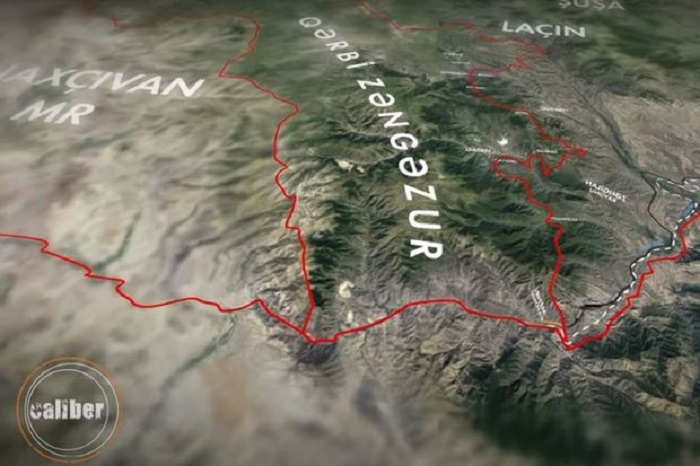
Nakhchivan is located at the crossroads. Julfa has historically been a junction for accessing the Persian Gulf. It was announced late last year that the Kars-Igdir-Sadarak road would also be built and commissioned over the following 5 years, which will also make Nakhchivan into an important link on the East-West corridor. The Zangazur corridor is unique in a way that it provides a shorter access in various direction, particularly to the Mersin Port for Central Asia. It acts as an alternative branch on the North-East transport corridor and has a crucial place on the South-West corridor, connecting the Persian Gulf and the Blank Sea.’
- The report hints that if the problems on the MC are not resolved, the project will lose attraction compared to other projects. It mentions time loss and the cost of transporting goods. How true are these claims?
‘The reality yesterday is different from what it is today. The pre-occupation period three years ago is nothing like the period after recovery of our lands. We have already changed the reality in the region. The events unfolding in various parts of the world have boosted the importance of our route. The Houthi attacks on ships in the Red Sea have partially blocked the route from there and the Suez Canal. Some companies refused to move along that route as soon as risks arose, which spotlights the land transportation. Container shipping companies opted for the lounger route as their first option. But one of the great news underlining the importance of our route is the arrival of the first unit train from China to the Absheron station along the Trans-Caspian route on the early days of this year. Kazakhstan has announced their plans to send 10 such unit trains within the first month of this year. We will be seeing a growing dynamic in traffic along the Trans-Caspian route.’
AzVision analytical group
More about:








